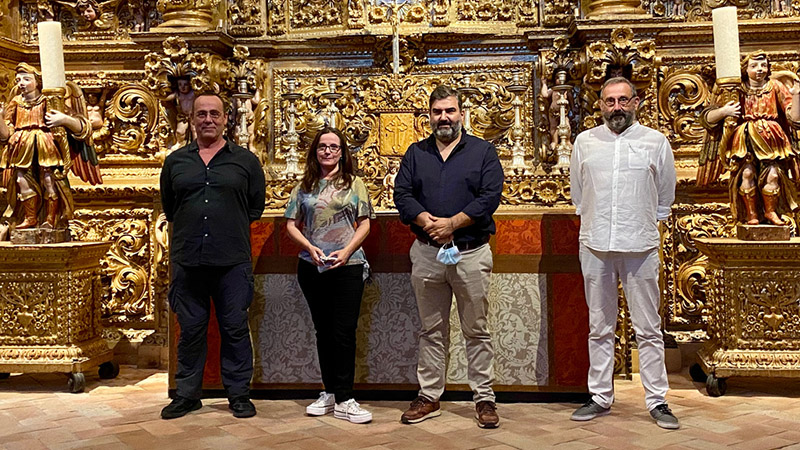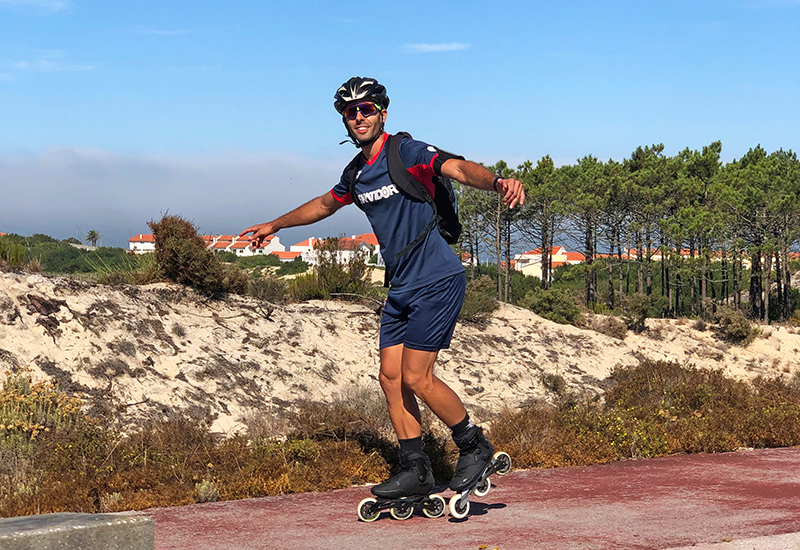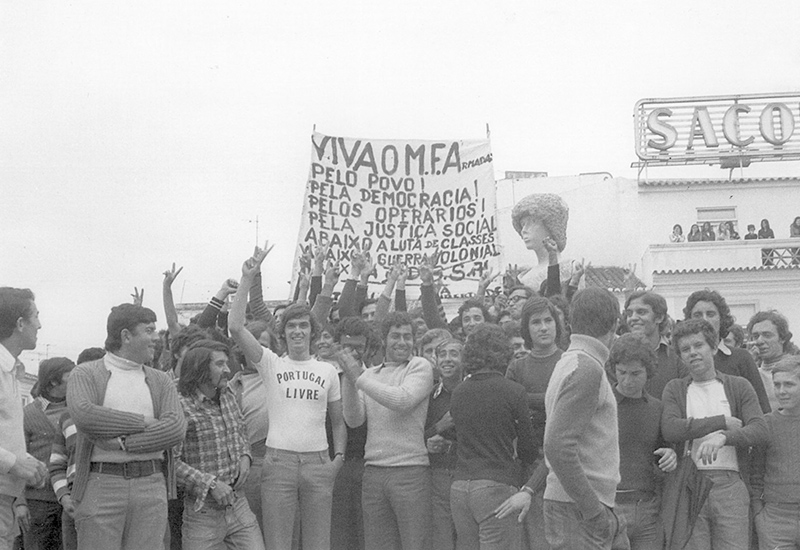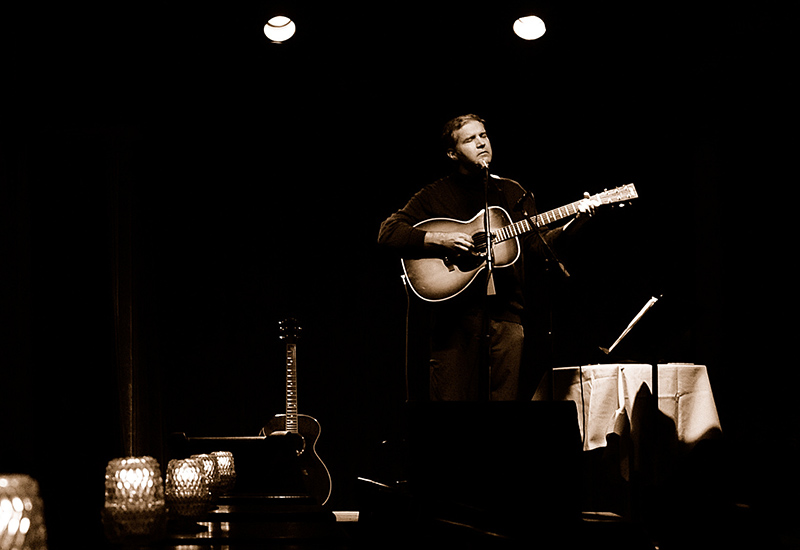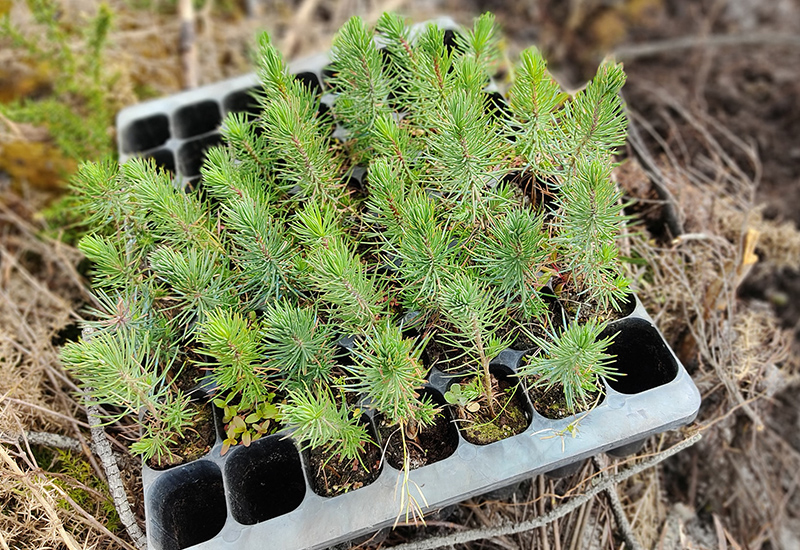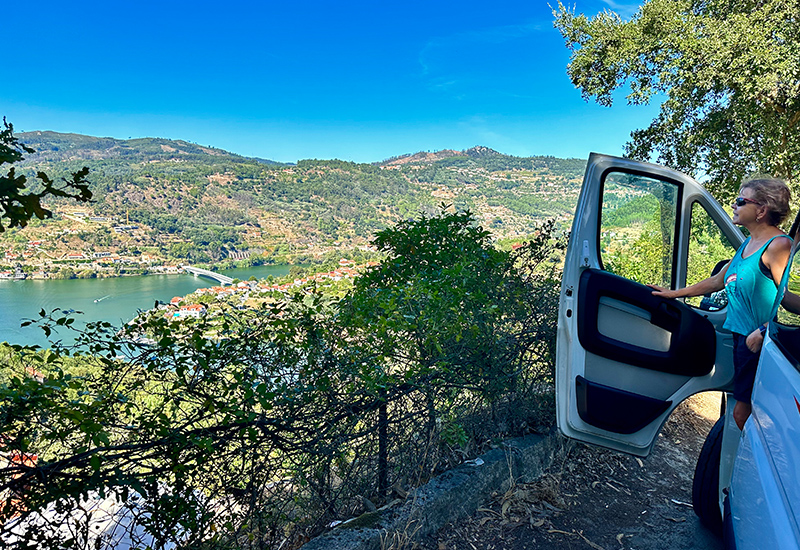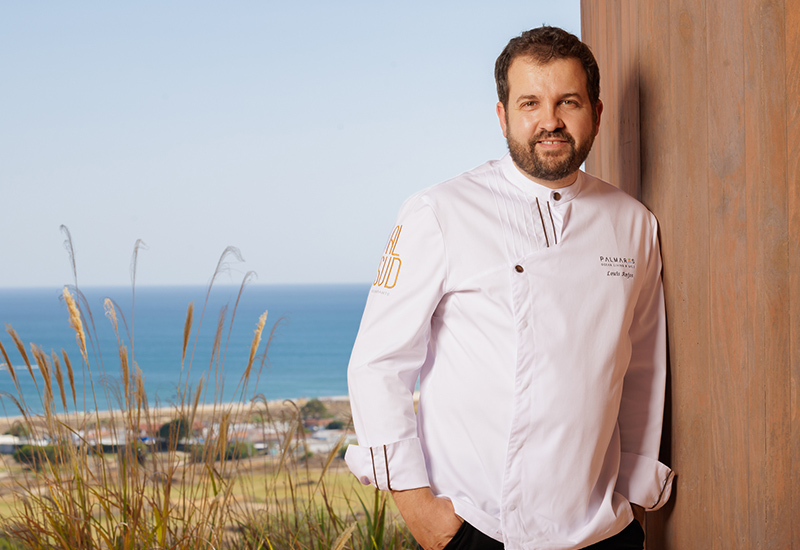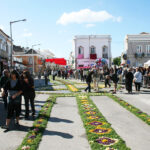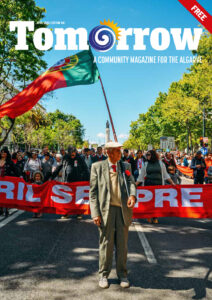After four years of extensive work, Lagos Municipal Museum has opened its doors to the public. The official opening took place on 27 October, on Lagos Day, but journalists, including those from Tomorrow magazine, had a sneak preview the previous day.
Housed by the splendid Santo António church, the museum was founded in 1932 by Dr José Formosinho (1888–1960). He dedicated his life to collecting an abundance of regional and archaeological remains that have been restored.
At the start of the tour, Hugo Pereira, the Mayor of Lagos, assured us that the new museum was an excellent addition to the cultural life of the city, being “one of the best brands in the region”. He was certain everyone would be pleased to see the diverse and important heritage on display. I am sure he is right.
Entering the space now is akin to embarking on a journey through the history of Lagos and the Algarve. The 10th century Renaissance portal originating from the Igreja do Compromisso Marítimo is now securely inside the atrium. It’s here that we begin our discovery. Two different circuits encompassing 11 thematic rooms affirm the identity of the region.
The first room is dedicated to the 16th century being “the glorious period of Lagos when ships entered and left the lively port of Lagos in search of riches in distant lands”, Elena Morán, archaeologist and museum coordinator, explained. On display are liturgical artefacts, paintings and religious pieces made of ivory brought back from travellers to Ceylon. We can see the robes worn at a church ceremony by the boy king Sebastian who, on his ill-fated invasion of Morocco, vanished, never to return.
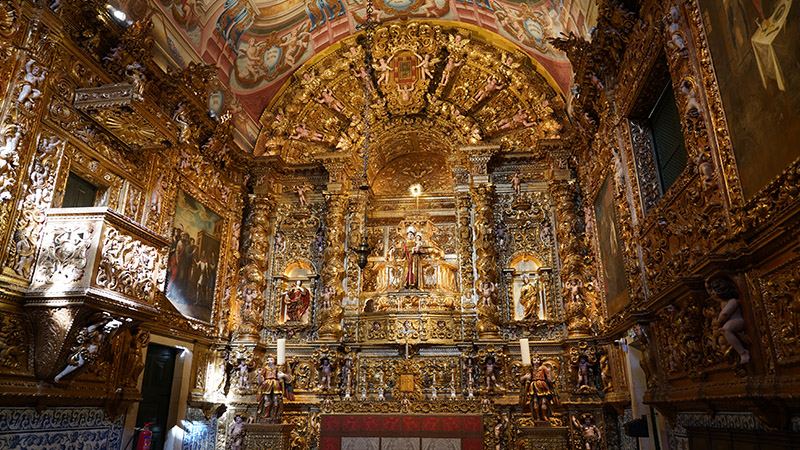
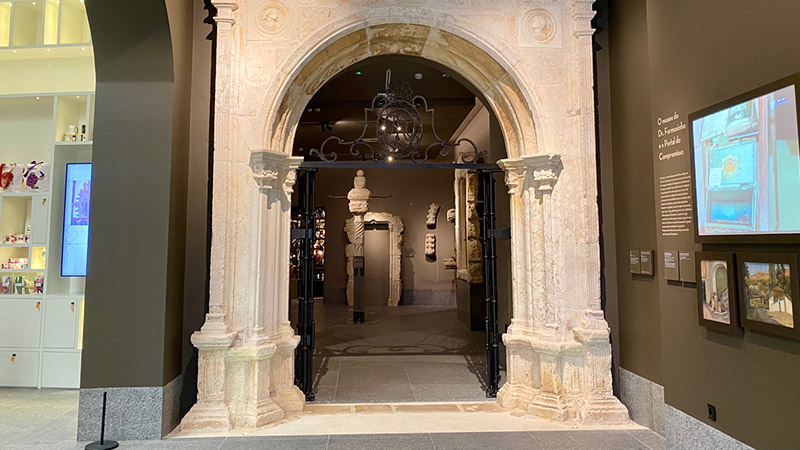
In the next room, we can see the devastating effects of the 1755 earthquake in the form of digital animations and geological samples taken from the river Bensafrim, showing debris left by the tsunami that followed. However, on the opposite wall, we see signs of renewal. Local power is consolidated with the insignia of the local council displayed along with a chest containing the keys to the city. Lagos rises from the rubble.
I found the Room of Curiosities both captivating and bizarre. Be warned – some of the exhibits are not for the faint-hearted. In the middle is a large three-dimensional cabinet. Elena Morán pointed out some African art, including Congolese tribal hats, memorabilia brought back by people visiting Africa. In the corner of the room is an ornate saddle that belonged to Queen D. Estefânia, (1837–1859), consort of King Peter V. “We know this through a newspaper article from the 1940s as Dr Formosinho listed all items he added to the museum, but we don’t know who donated it,” Elena explained.
But back to the cabinet. Rui Perreira, the curator in charge of museum design, gave some background information. “There are about 200 separate items and the majority have come from donations from people who found them curious and thought they belonged in a museum. Dr Formosinho started the collection, which has now been recovered, using modern techniques.” In the Naturalia collection, you can spot birds, egg nests, butterflies, bats and lots more.
Also displayed are aberrations of nature such as the one-eyed head of a lamb, a chicken with four legs, a cat embryo with two heads, a dog with three eyes – and wait for it – the ‘famous’ eight-legged goat that was part of childhood mythology of many lagobrigenses and, of course, Jojó the stuffed donkey, who only lived for 15 days but now has pride of place in the cabinet. Holograms interspersed between the objects bring these to life and are bound to arouse the curiosity of younger visitors. I think I will be back to examine more of the curiosities!
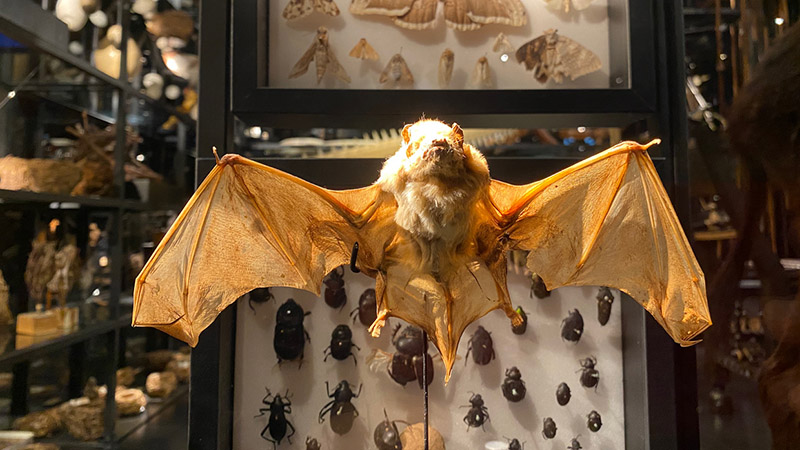
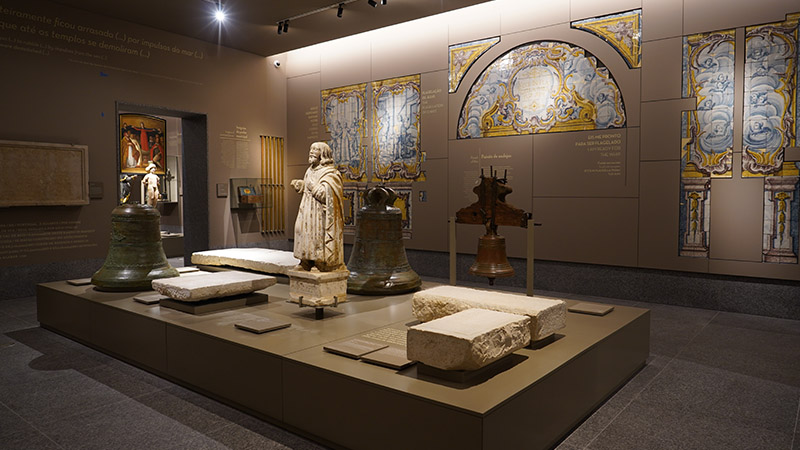
There seems to be something for everyone. The section on military life entitled ‘Defending the Kingdom at Land and at Sea’ has some carefully selected weapons, artefacts, and diagrams. Of interest might be the recovered artillery pieces from the Battle of Lagos, a naval skirmish during the Seven Years’ War when the British fleet defeated the French in 1759 off Praia da Salema and sank the French flagship L’Océan, complete with 80 canons. As in many of the rooms, there are multimedia animations telling stories done by Pedro Pereira (by the Portuguese company byAR Augment Your Reality).
The section of naturalist paintings from the 19th and 20th centuries show different aspects of the Algarve from portraits and city life to coastal scenes. It was interesting to view the works of art by female artists who had been given credit in an area dominated by men at this time.
Don’t miss out on the ‘Depiction of the Algarve: The Artisanal or Homemade Industries’ displaying artefacts based on dried palm leaves, basketry, ceramics and lacemaking, among others. Rui Parreira explained the significance: “These are examples of work done as part of formal education based at the former Vitorino Damásio School in Lagos which after 25 April 1974 became the current Gil Eanes Secondary School. Some work was also commissioned to artisans and showcased at the Portuguese World Exhibition in 1940.” He pointed out how the teaching was ideologically based. During the time of the dictatorship, girls had to enrol in the fascist organisation for girls, Mocidade Portuguesa, and learn certain skills. The central cabinet contains some fascinating artefacts.
A complete room is dedicated to an imaginary, miniature Portuguese village, Nossa Senhora do Forte. It’s the handiwork of Pedro Reis, who in 1989 decided to create a model of a utopian Algarvian village. He donated it to the museum in 1993. Over the years, the village has garnered a following and a group of friends gather to celebrate its anniversary each year! The original model is now accompanied by a multimedia system. Watch the activities of one day in the town and observe people in the streets, ships and trains arriving and even a football game in progress. By pressing a button, you can listen to an anthem in the church, “which we only recorded last week with the Grupo Coral de Lagos and the Sociedade Filamónica,” Elena Morán laughed.
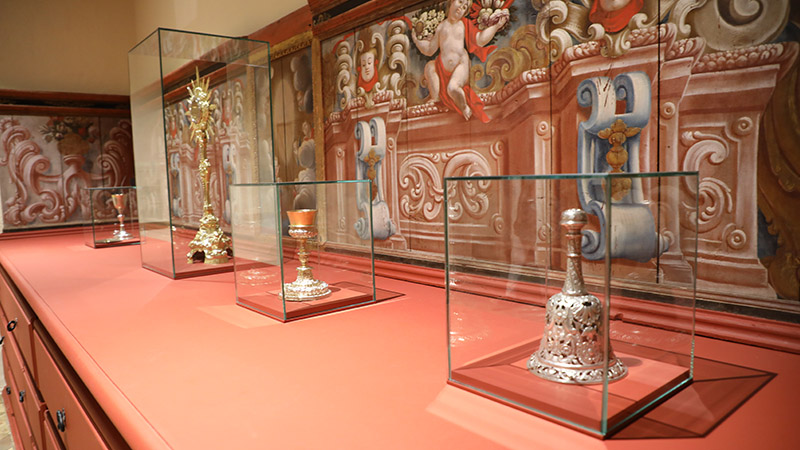
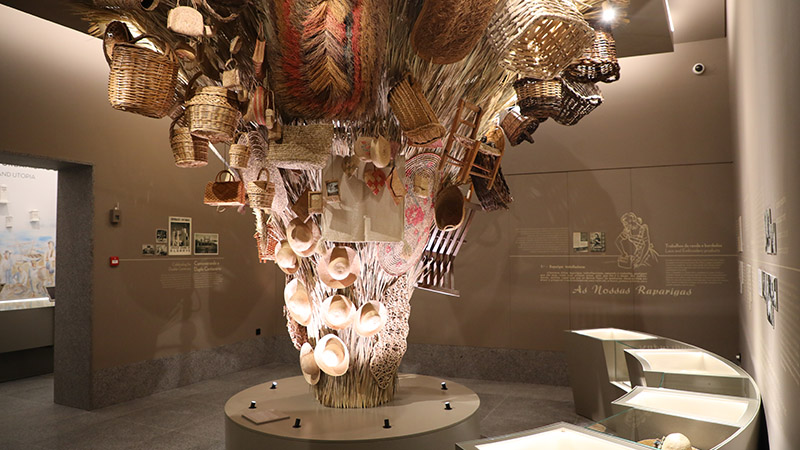
The church of Santo António turns out to be the eleventh room of the museum. Dating back to 1707, it is a Baroque National Monument with its breathtaking interior covered in gilded woodwork. It has undergone some renovation, including improved lighting to show off the interior in its full glory.
The magnitude of the work was emphasised by Rui Perreira: “The entire collection of the museum has been treated with a view to preventative conservation and all pieces on display have been carefully restored by specialists.” I was told there are a total of 9,000 pieces, of which about 1,000 are on display. The rest are kept in reserve in the right conditions. The work was carried out under the CRESC Algarve 2020 Operational Programme, with a total investment of 7.3 million euros: 2.6 million coming from European FEDER funding.
There is still more in the offing. Work is due to begin on restoring the old PSP police station on the other side of the road. This complex will house a huge archaeological collection spanning prehistory to the death of Infante D. Henrique in 1460. Temporary exhibitions will also be staged. According to Elena Morán, another interesting project is currently taking shape. A nucleus will be established in Odiáxere in front of the Mill and will display a large collection of agricultural implements and utensils donated by a private individual. It is pleasing that the region’s rural life and associated activities will receive appropriate acknowledgement too.
Museum opening hours: Tuesday to Sunday 10:00–13:00 and 14:00–18:00
Entrance fees:
3€ Adults
1.50€ Groups of tourists, students, disabled, retired
FREE Lagos residents (take proof of address) and children under 12
